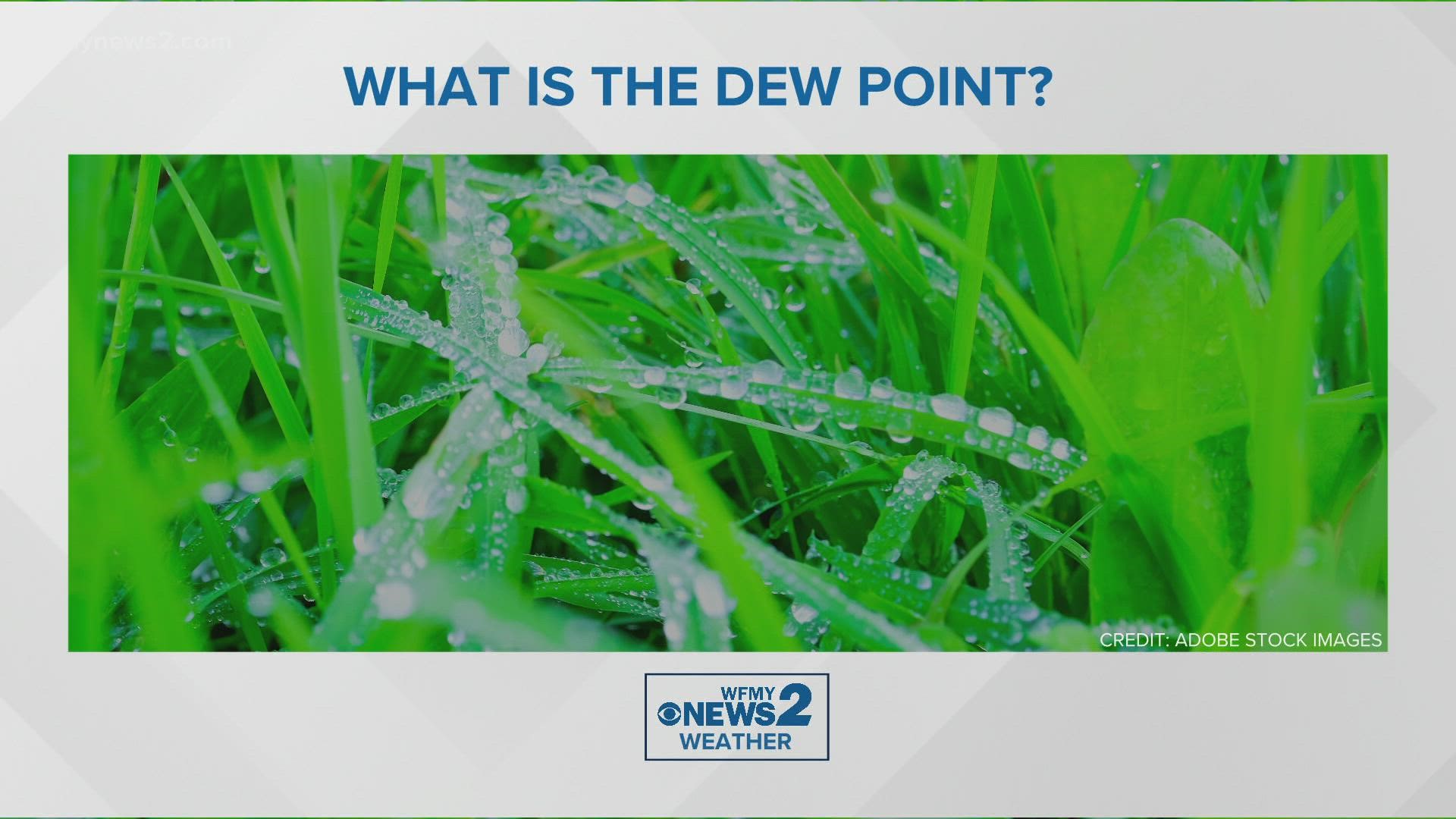GREENSBORO, N.C. — Early birds get to witness the best part of the day.
In the morning, Mother Nature is untouched, undisturbed and peaceful. Oftentimes, you can feel the fresh air -- in the form of morning dew.
That brings us to this week's weather VERIFY -- kids' edition!
VERIFY QUESTION
Five-year-old Josiah, son of Good Morning Show anchor Tracey McCain, loves science. He listens attentively to the daily weather reports and remembered a term he had heard called "dew point."
Josiah asked WFMY News 2 meteorologist Christian Morgan, "Hey, Christian. I have one for you. What's the difference between dew point and morning dew?"
VERIFY SOURCES
- National Weather Service
- Christian Morgan, WFMY News 2 meteorologist
VERIFY PROCESS
Morgan, impressed by the question, replied, "Josiah, you're actually really onto something. They are different, but they correlate with each other -- they go together."
He explained dew point is the measure of water vapor in the air. It's the temperature to which water must cool, in order for the water to condense (and form morning dew).
The higher the dew point, the "muggier" it feels outside. He used the example of two cylinders -- one with a temperature of 55 degrees and a relative humidity of 100%, bringing the dew point to 56 degrees. The other cylinder has a warmer temperature of 95 degrees and a relative humidity of 55%, bringing the dew point to 76 degrees. The 95-degree cylinder is going to feel warmer than the 55-degree one (even though its relative humidity is less) because the dew point is higher.
The 76-degree dewpoint means water will condense at 76 degrees and cause water to form into morning dew on grass and spider webs.
VERIFY CONCLUSION
Dew point and morning dew are different but related. One causes the other. Great observation and question, Josiah!
Do you have a question you want verified? Submit a selfie video or short paragraph to Meghann Mollerus via:
Facebook: Meghann Mollerus News
E-mail: VERIFY@wfmy.com
Twitter: @MeghannMollerus

